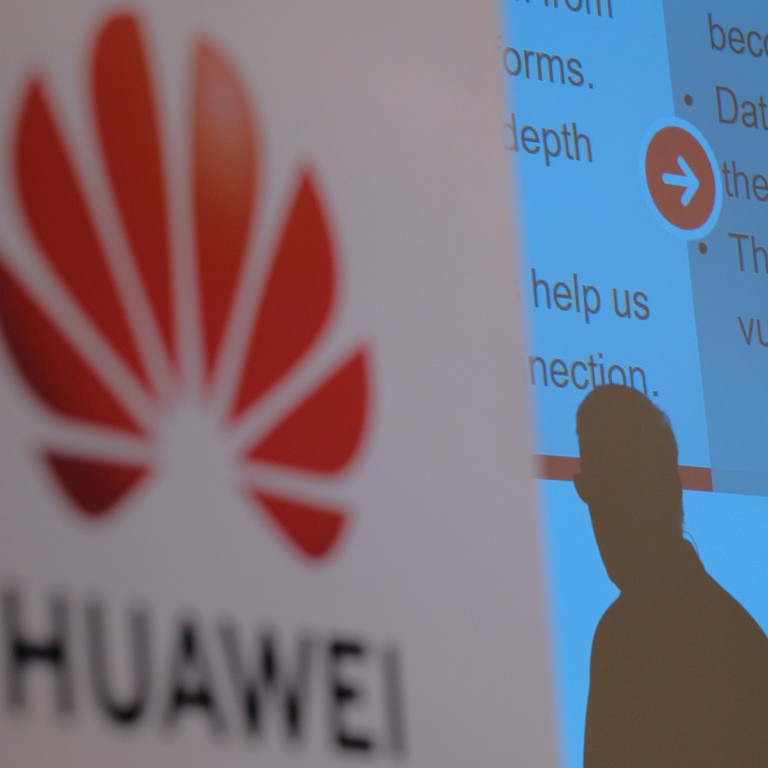
Perfect spies may already be among us: industrial robots
- Gone are the old days of industrial espionage when competitors broke into each other’s labs and stole secrets
- The Internet of Things opens a new dimension for spying, a world in which robots themselves can act as sleeper agents
ABDUCTING TAPPY
One dark night in May of 2013, T-Mobile’s top smartphone testing robot ‘Tappy’ was abducted from its Bellevue lab and spent the night in the company of Huawei employees who were doing exactly what they had been told repeatedly not to do – try to copy it.
The whole episode and the events leading up to the theft were the subject of a civil lawsuit which cost Huawei US$4.8 million, with the company admitting its staff had acted inappropriately. The US government is now ratcheting up for further action over the intellectual property theft.
In our modern, connected world, industrial espionage can now be conducted at great distances by hackers who gain unauthorised access to computer systems. In 2011 Chinese hackers allegedly broke into the computer systems of ExxonMobil, Chevron and ConocoPhillips along with two other oil and gas companies to steal critical proprietary information.

Yet, what if the purpose of an attack was not to interfere with manufacturing or gain production information, but rather to collect information about what the robots are doing? This opens a new dimension for spycraft. A company that knows what the robots in their competitor’s factory are doing has the edge. Already, Japanese robotics companies are collecting data from their robots in the field, uploading it to the cloud to be analysed to improve efficiency and hone in on their customers’ needs. Ensuring that data doesn’t fall into the wrong hands is crucial.

BAD ROBOT
Japanese robot maker Fanuc collects data from their robots, but are careful to say that their Industrial IoT Platform ‘FIELD’ system – which stands for Fanuc Intelligent Edge Link and Drive’ – production data remains in the factory. As more robot makers start to track the activity of their products and offer their clients “big data” analytics, promising efficiency gains, anybody looking to build a new factory now faces a quandary: which robot to trust?
There are 10 major manufacturers of robots, these are ABB (Switzerland), Yaskawa (Japan) KUKA (German – Chinese owned), Fanuc (Japan), Kawasaki (Japan), Epson (Japan), Stäubli (Switzerland), Nachi-Fujikoshi (Japan), Comau (Italy), Omron Adept (US – Japanese owned).
A rethink of what equipment is used in factories could open up opportunities for smaller robot manufacturers and reshuffle the order of the big producers. For example, if you run a factory that historically used Kuka but are no longer comfortable with the new owners, or you are a Chinese manufacturer no longer happy with the Japanese sucking up all your factory data, you might look for something else.
Neil Newman is a thematic portfolio strategist focused on pan-Asian equity markets

